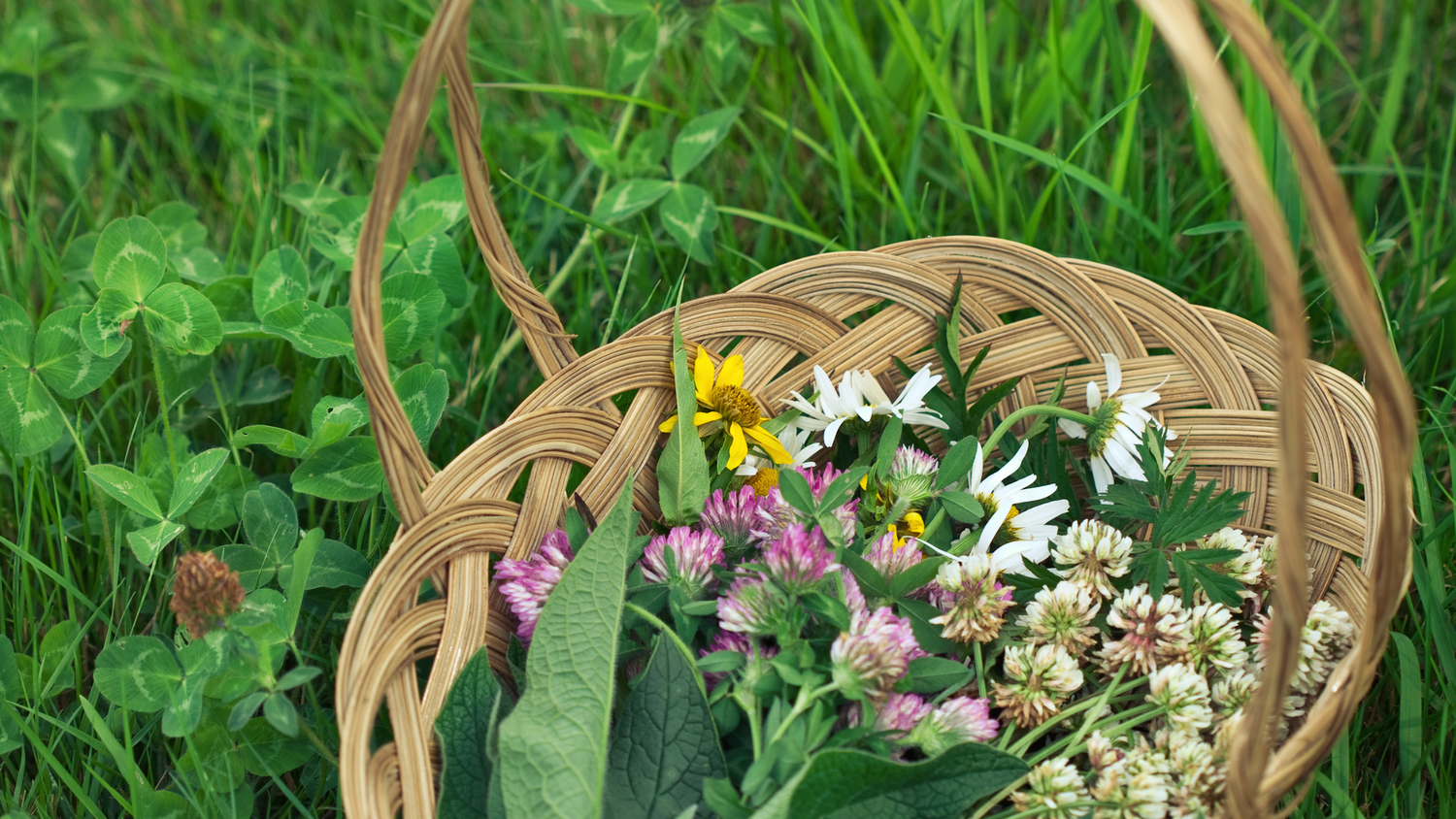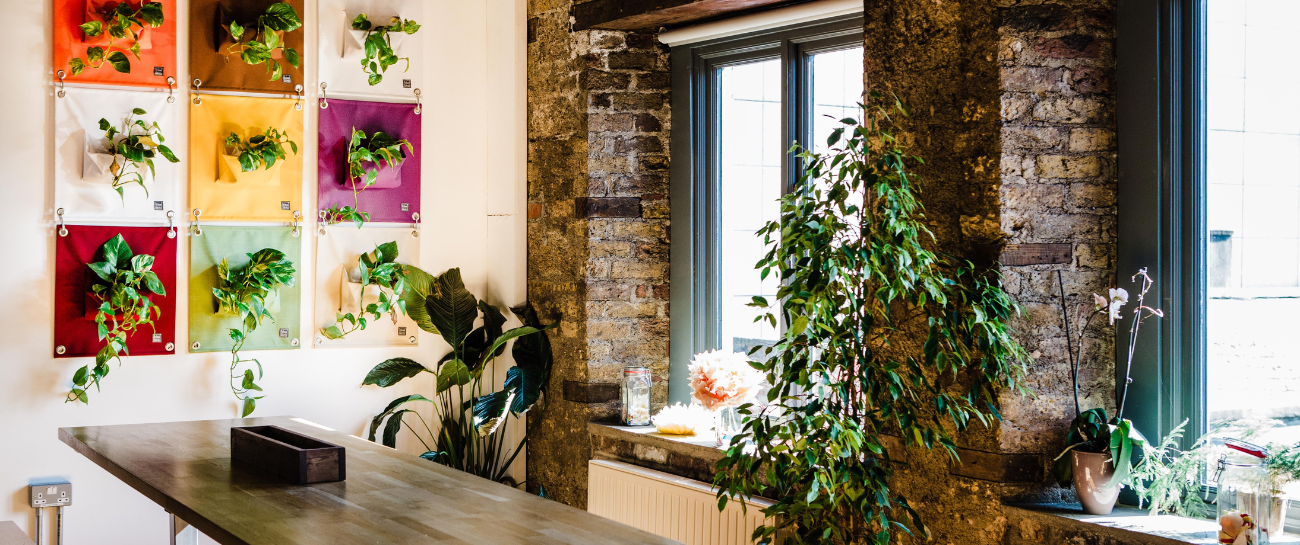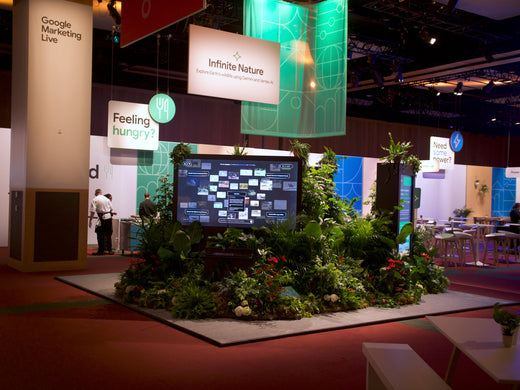Congratulations on adding a Terrarium to your indoor plant collection! This guide, created by our team of plant experts, is tailored to help keep your new potted friend happy and healthy.
History of Terrariums
Terrariums first gained popularity in the Victorian era after a curious botanist, Dr. Nathaniel Ward, accidentally discovered that plants could grow in sealed glass containers. Known then as “Wardian cases,” these miniature ecosystems provided a fuss-free way to protect delicate plants from harsh weather and pollution. Fast-forward to today and terrariums remain a stylish, low-maintenance way to bring a dash of nature indoors.
💡 Did you know?...
-
Early terrariums were used to transport exotic plants across oceans without damage.
-
Terrariums can be “open” (with a wide opening) or “closed” (sealed with a lid). Each style suits different types of plants and humidity needs.
-
They’re a perfect way to introduce kids (and grown-ups!) to the basics of plant care without a huge time commitment.

Common Terrarium care challenges
Even the hardiest terrarium plants can show signs of stress if their mini-environment isn’t just right. Here are a few issues to watch for—and how to fix them:
1. Mould or fungal growth
-
What it looks like: White fuzzy patches on the soil or leaves.
-
Why it happens: Excess moisture and limited airflow, especially in closed terrariums.
-
How to fix it: Open the terrarium lid for a few hours daily to improve circulation. Remove any mouldy parts and use a clean cloth or paper towel to wipe the glass.
2. Overwatering
-
What it looks like: Drooping leaves, discoloured foliage, or waterlogged soil.
-
Why it happens: Terrariums trap moisture, so it’s easy to give your plants more water than they need.
-
How to fix it: Allow the soil to dry out before the next watering. For closed terrariums, open the lid and let the excess moisture evaporate.
3. Yellowing leaves
-
What it looks like: Leaves turn yellow, then brown, often from the bottom up.
-
Why it happens: Could be due to insufficient light, poor drainage, or nutrient deficiency.
-
How to fix it: Ensure the terrarium is getting adequate light. If drainage is an issue, add a layer of pebbles or activated charcoal at the base. Feed lightly with a balanced, water-soluble fertiliser if needed.

Pat’s top terrarium care tips
Our in-house plant guru, Pat, has tried-and-tested advice to keep your terrarium lush and lovely:
☀️ Light
-
Aim for bright, indirect light: Terrariums do best in a spot with plenty of natural light but away from direct sun that could heat the glass too much.
-
Rotate the container every so often to ensure even light exposure.
💧 Water
-
Less is more: Because terrariums are self-contained environments, they don’t need frequent watering. Lightly mist or water the soil only when it feels dry.
-
Use a spray bottle for open terrariums or lightly drizzle water down the sides for closed ones to avoid drenching the leaves.
🟤 Soil
-
Choose well-draining soil: Most terrarium mixes include sand or perlite to help with drainage.
-
Layering: Place pebbles or gravel at the bottom, then activated charcoal, and finally the soil layer on top to prevent odours and keep the environment fresh.
🌡️ Temperature & Humidity
-
Room temperature is ideal: Most terrarium plants thrive between 18°C and 24°C.
-
Check humidity levels: If you see heavy condensation, open the lid or vent the terrarium to let some moisture out.
🍽️ Feeding Routine
-
Feed sparingly: Terrarium plants don’t need frequent fertiliser. A light, diluted feed once or twice a year is usually enough.
-
Opt for water-soluble: A gentle, balanced formula (like 10-10-10) works well.
♻️ Repotting
-
Minimal need to repot: Terrarium plants generally stay compact, but if they outgrow their space or soil becomes depleted, gently transfer them to a larger container or refresh the mix.
-
Trim back overgrowth: Keeping plants at a manageable size helps maintain a balanced ecosystem.
✂️ Propagation
-
Snip & re-root: Many terrarium-friendly plants, like ferns or mosses, can be propagated by dividing clumps or taking small cuttings.
-
Share the love: You can pot these new plantlets for friends or start a second terrarium!
🛑 Pest Control
-
Inspect regularly: Look for aphids, mealybugs, or gnats.
-
Natural solutions: Wipe leaves with neem oil or gently remove pests with a cotton swab dipped in soapy water.
By following these pointers, your Terrarium will survive and truly flourish, bringing a vibrant pop of greenery into your home.
Styling your Terrarium at home
Terrariums are as much decorative statement pieces as they are mini-ecosystems. Here are a few ideas to level up your décor:
-
Group multiple terrariums of different shapes and sizes for a dynamic display.
-
Add personal touches like small figurines, decorative stones, or driftwood.
-
Vary heights and textures among plants for a visually interesting arrangement.
-
Consider seasonal themes: Update your terrarium’s look throughout the year—add small ornaments for the holidays or fresh moss in spring.
📷 We’d love to see how you style your Terrarium!
Don’t forget to tag us in your photos on Instagram or Facebook so we can share in the plant love—and maybe even feature your creative setups on our channels.
Have any questions or concerns about your Terrarium?
Our team are here to help! Send us a message on Instagram or Facebook or email our team directly at team@plantstore.ie





